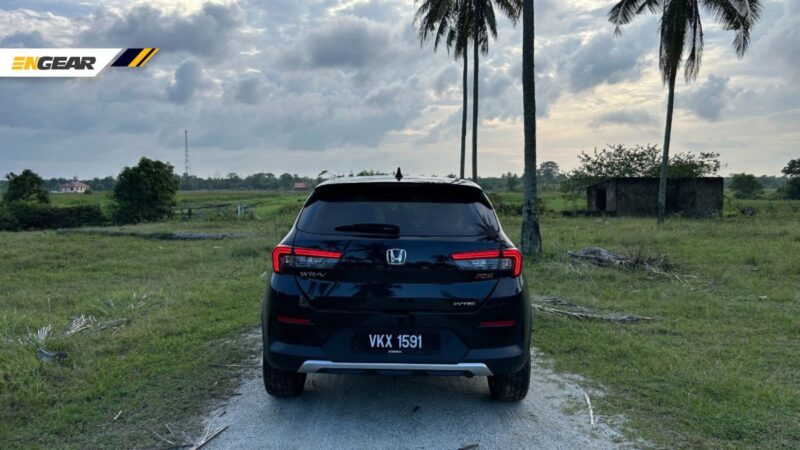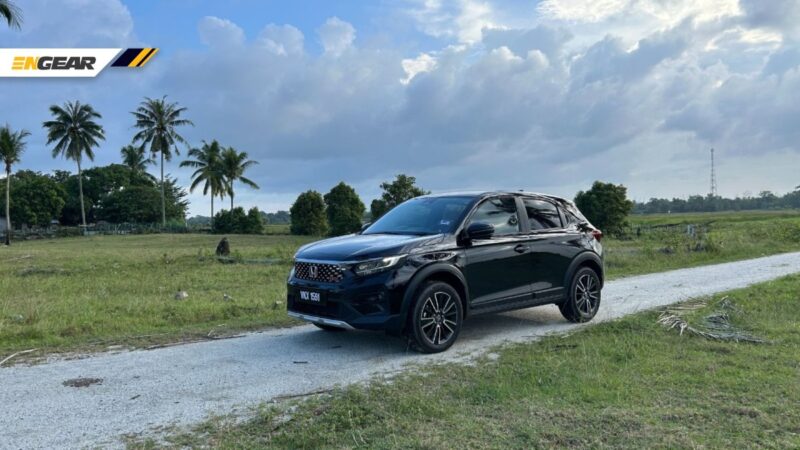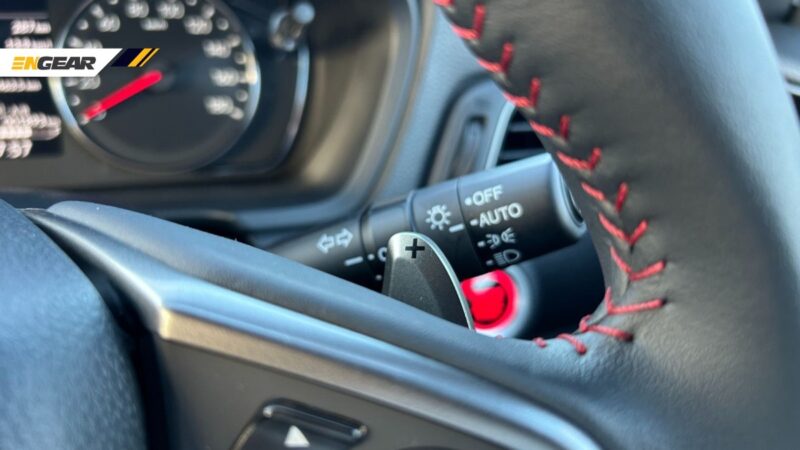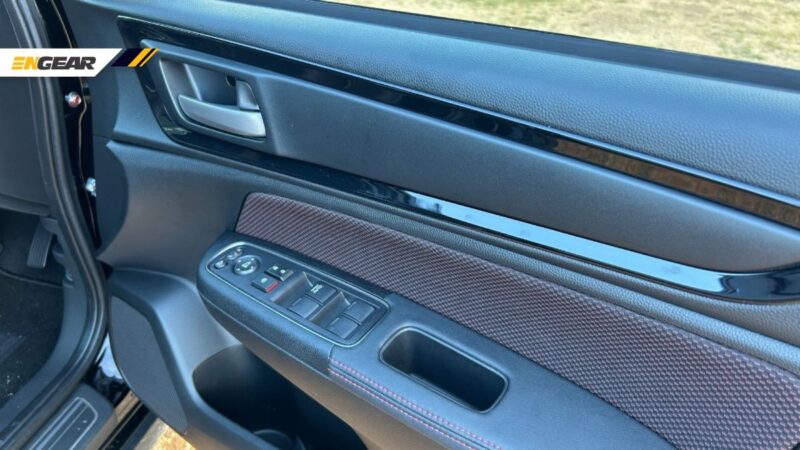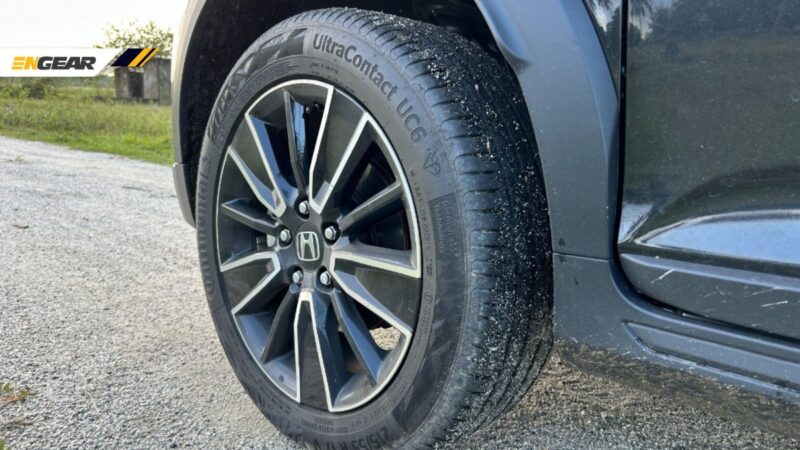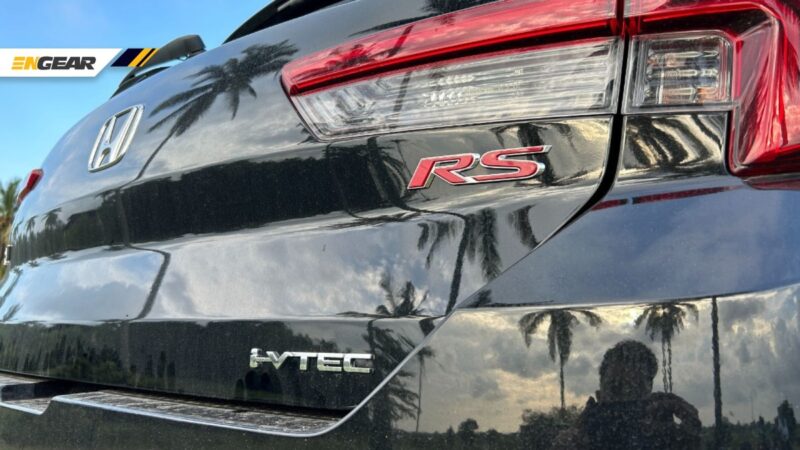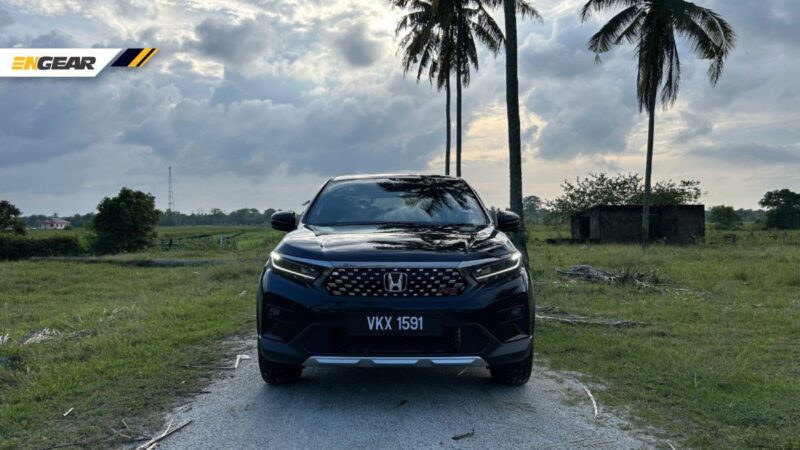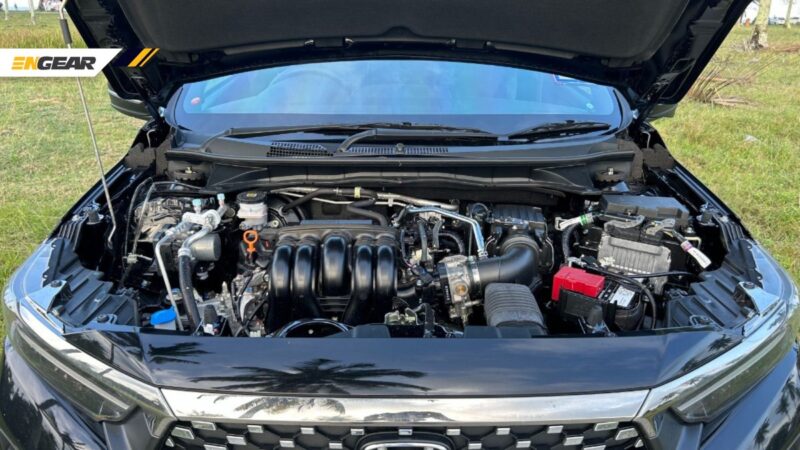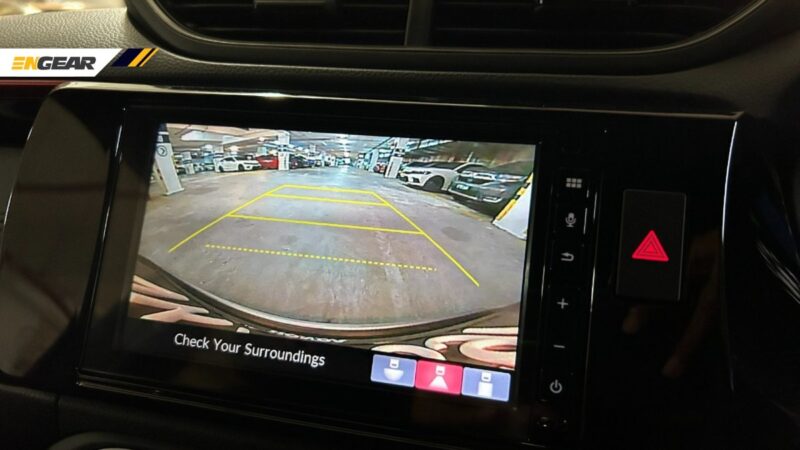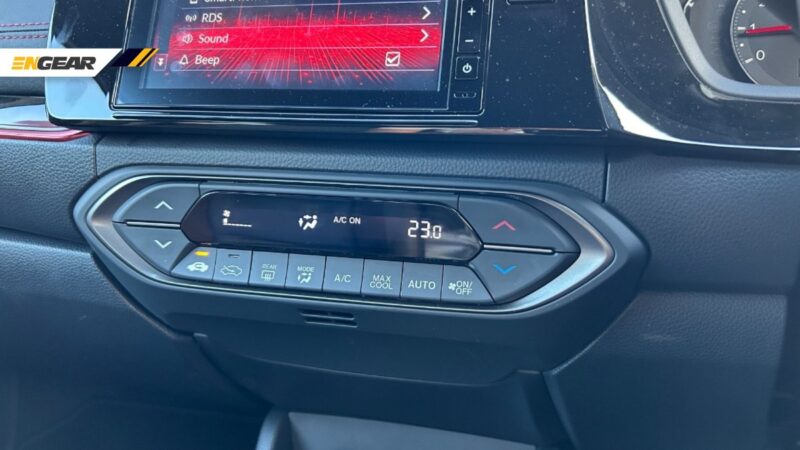3 things that are not cool about the Honda WR-V RS
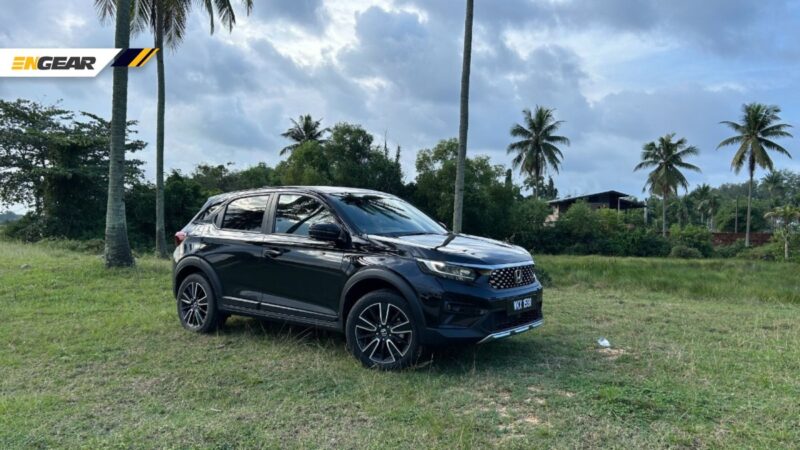
The HONDA WR-V is not a new model, it has been in the Malaysian market for almost two years. It serves as the replacement for the Honda BR-V, although it is not in the same segment.
However, from the Honda Malaysia lineup, after the absence of the 7-seater crossover/MPV BR-V, this slot is now filled by the compact 5-seater WR-V.
This also positions Honda as a competitor to the Perodua Ativa. We have previously test-driven the WR-V RS, but this article focuses on listing the things we didn’t quite like about it. Let’s look at the three main aspects that are not quite right about the WR-V RS.
1. Cabin lacks excitement

At first glance, the exterior of the Honda WR-V looks sporty and premium, especially the RS variant. But upon entering, there is a slight sense of disappointment. For some reason, the cabin feels somewhat ’empty.’
Upon closer inspection, it’s actually decent for its price. Perhaps the writer was carried away by the exterior beauty, hence having high expectations for the interior.
There is a lot of hard plastic on the dashboard and door panels, but there are black gloss and red elements with soft leather wrapping on the left side of the dashboard, adding some flair to the interior. The WR-V’s cabin is on par with the City albeit not entirely similar.
When compared, the HR-V’s cabin has a more ‘wow’ factor, similar to the Civic. But then again, the price difference is significant.
2. Driving experience doesn’t match the RS name
What comes to mind when you see the RS badge on a car? Racing? Sporty? Yes, the writer thought the same. However, the driving experience of the Honda WR-V doesn’t reflect the RS badge it wears.
The writer wasn’t expecting a Civic Type R level of performance, but perhaps tweaking the suspension and steering for more precision and agility could help.
Or maybe the meaning of RS for Honda Malaysia differs for the WR-V, not towards motorsports… Judging by the appearance and packaging, it can be considered in line with the RS name. Furthermore, we understand the target audience for this WR-V RS – more towards small families looking for a practical and comfortable vehicle, with added sporty elements and image.
The 1.5-liter i-VTEC engine delivers 119hp and 145Nm of torque, more than sufficient for daily use. The CVT gearbox is efficient and responsive, still among the best in its segment. The combination of the 1.5 i-VTEC engine with CVT provides good fuel efficiency, around 13.5km per liter based on the writer’s test.
3. El-cheapo infotainment screen

The third and final point is the infotainment screen of the Honda WR-V RS, which seems cost-effective. For some reason, considering the price range between RM89,999 to RM107,900 for the RS, the screen should possess better resolution and display.
The writer is unsure of what exactly needs improvement, as they are not an engineer in this field. But it feels like there’s a lack of value here. For instance, the reverse display is just sufficient, only showing static lines for guidance. There are no issues regarding the size of the screen, it can be considered adequate.
The features are also good, coming with Apple Carplay and Android Auto connectivity, two USB ports, and a range of Honda Sensing safety features. Alright, those are the three main things about the Honda WR-V RS.
Listing more dislikes might upset the Honda enthusiasts here. On another note, there are many other excellent things about the WR-V, such as the spacious cabin for this segment and the fairly comprehensive safety features.
The package on the WR-V demonstrates that Honda Malaysia truly understands the market and its needs. You can read our complete test drive report here.
Always hoping that ICE and manual transmissions stay relevant and don’t disappear. It’s more about balance than just power.




